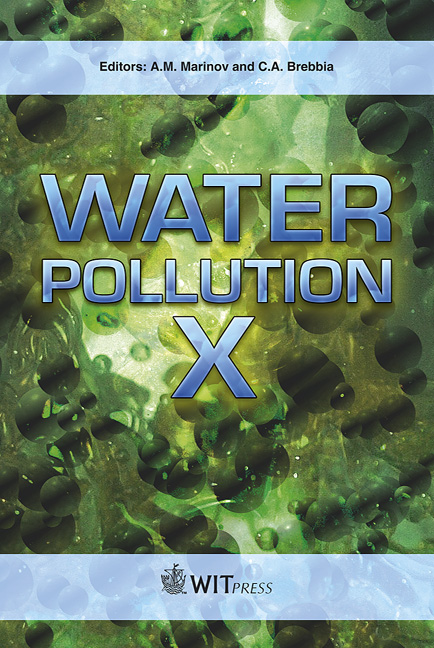Generation And Size Distribution Of Sediment Eroded In A Small-scale Catchment Of The Western Cape (South Africa)
Price
Free (open access)
Transaction
Volume
135
Pages
12
Page Range
195 - 206
Published
2010
Size
462 kb
Paper DOI
10.2495/WP100171
Copyright
WIT Press
Author(s)
N. Z. Jovanovic, R. D. H. Bugan, C. Petersen, W. P. De Clercq, A. Rozanov & H. Botha
Abstract
Rainfall, runoff (overland flow), total sediments mobilized and their size distribution were measured for a number of events over three years (from 2006 to 2008) in a small-scale catchment of the Berg River (Western Cape). The aim was to develop local-scale rainfall/runoff, sediment generation and particle size distribution relationships that could be incorporated into existing hydrological catchment models for predicting erosion, transport and deposition of sediments with sorbed contaminants. The results indicated that rainfall intensity was weakly correlated to rainfall amounts (R2 = 0.54), whilst runoff (between 12.4% and 18.2% of rainfall) was weakly correlated to the product of rainfall amount and peak intensity at two sites with different soil properties and slopes (R2 = 0.29 and 0.44), depending on antecedent moisture condition, land use and management practices. Sediment concentration was inversely correlated to runoff volume. However, more runoff produced larger total sediment loads. The bulk of sediment particles mobilized via runoff water had diameters in the range between 4.76 and 15.95 μm (measured with a Saturn DigiSizer 5200 particle size analyzer). Sediment size distribution was relatively uniform for all events recorded, did not depend on sediment concentration, runoff, rainfall amount and intensity, and it was similar to the texture of the soil A-horizons (source of sediments). Spatial information on soil A-horizon textural properties could therefore be used to infer the nature of sediments mobilized in the catchment.
Keywords
erosion, overland flow, particle size distribution, sediment concentration, Western Cape





